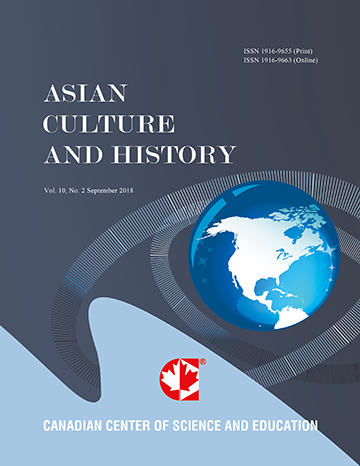Ritual and Diplomacy: The 200-Years Crisis in Relation between Parhae and Silla
- Alexander A. Kim
Abstract
The state of Parhae (in Chinese reading- Bohai) existed in what is now Russian Maritime region, North Korea and Northeastern China from the late 7th to the early 10th centuries AD. Parhae played a major role at relations between Silla, Japan and Chinese empire Tang. Of course, Parhae was subjected to important cultural influence from other countries and in some cases followed their ritual and diplomatic tradition. Many specialists from Japan, Russia, China and both Korean states have done research of different aspects of Parhae history and culture. However, many scholars have not paid attention to influence of ritual system at international relation of Parhae.In opinion of author, Parhae and Silla had antagonistic relation during 200 years because they could not agree about their respective vis-à-vis status each other. For example, Silla did not want to recognize Parhae as a sovereign state, which by recognized and independence state from China, but Silla was vassal of empire Tang.
This article critically analyzes relation between Parhae and Silla for of the origin of conflict of between countries using Russian and Korean materials (materials by South and North Korean works).
- Full Text:
 PDF
PDF
- DOI:10.5539/ach.v2n1p34
Journal Metrics
Google-based Impact Factor (2017): 5.42
h-index (January 2018): 11
i10-index (January 2018): 21
h5-index (January 2018): 6
h5-median (January 2018): 9
Index
- Academic Journals Database
- CNKI Scholar
- COPAC
- EconPapers
- Elektronische Zeitschriftenbibliothek (EZB)
- Excellence in Research for Australia (ERA)
- Genamics JournalSeek
- Google Scholar
- Infotrieve
- LOCKSS
- MIAR
- NewJour
- Open J-Gate
- PKP Open Archives Harvester
- Publons
- RePEc
- Scilit
- SHERPA/RoMEO
- Standard Periodical Directory
- Technische Informationsbibliothek (TIB)
- The Keepers Registry
- Universe Digital Library
- WorldCat
Contact
- Ivan YongEditorial Assistant
- ach@ccsenet.org
